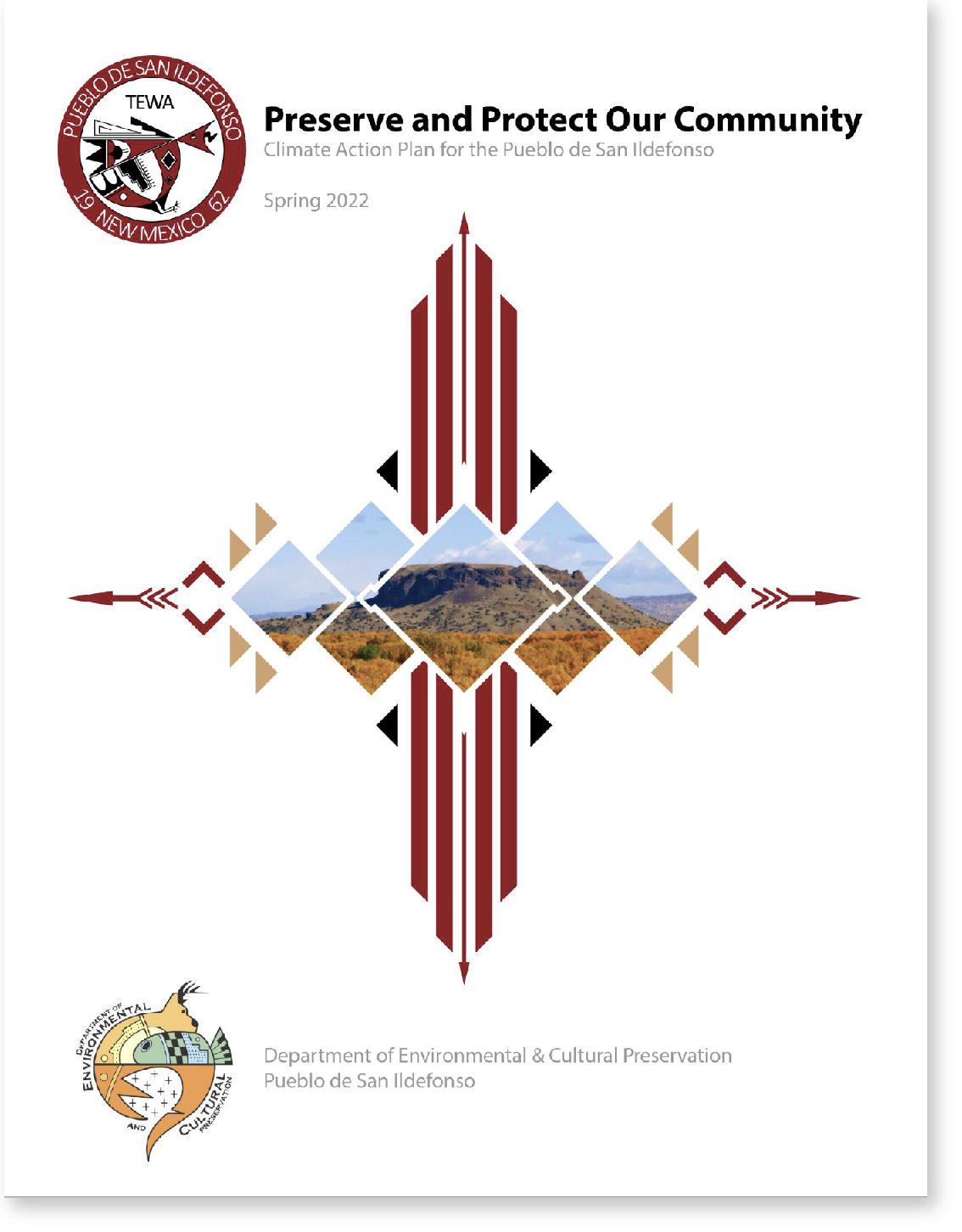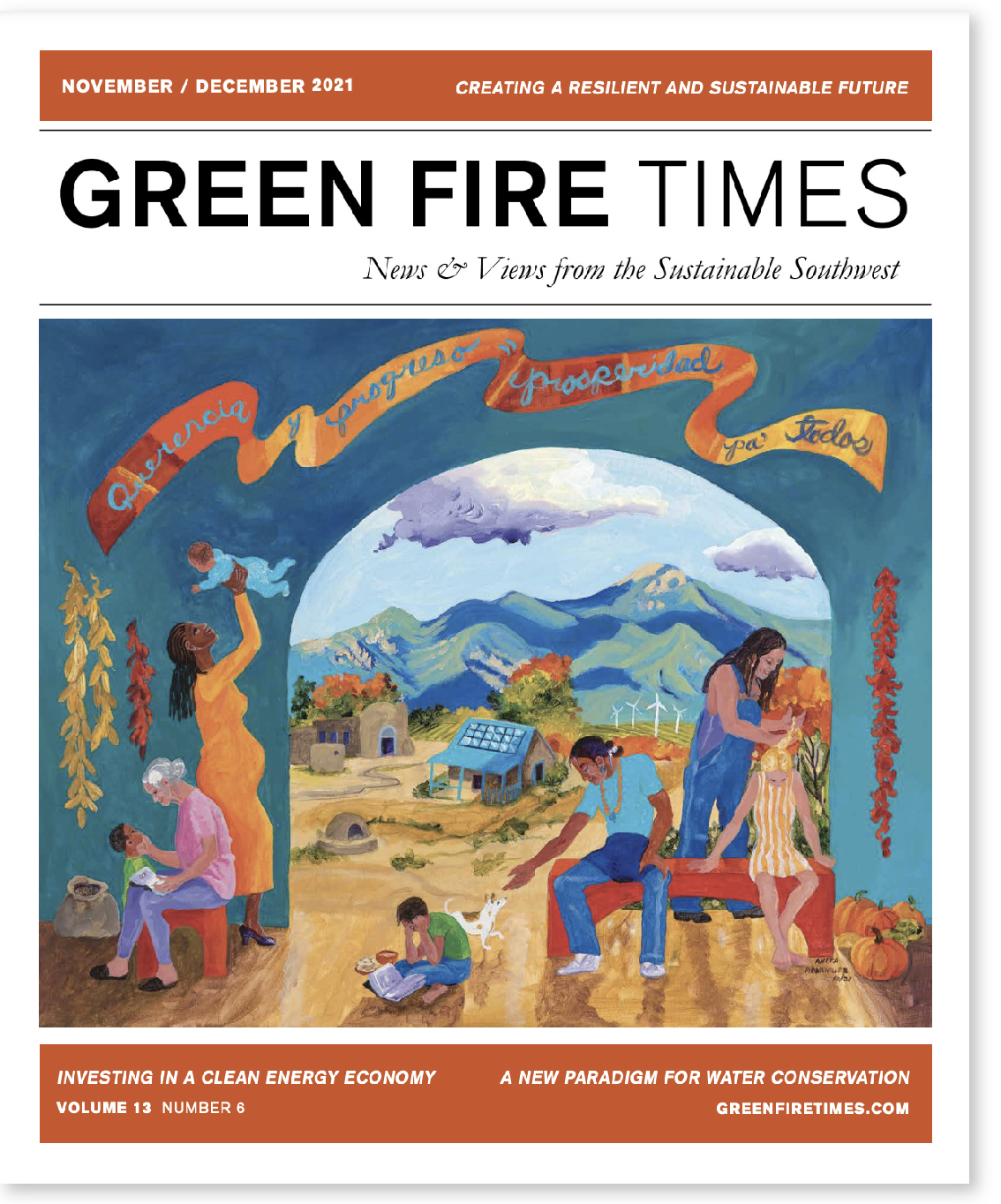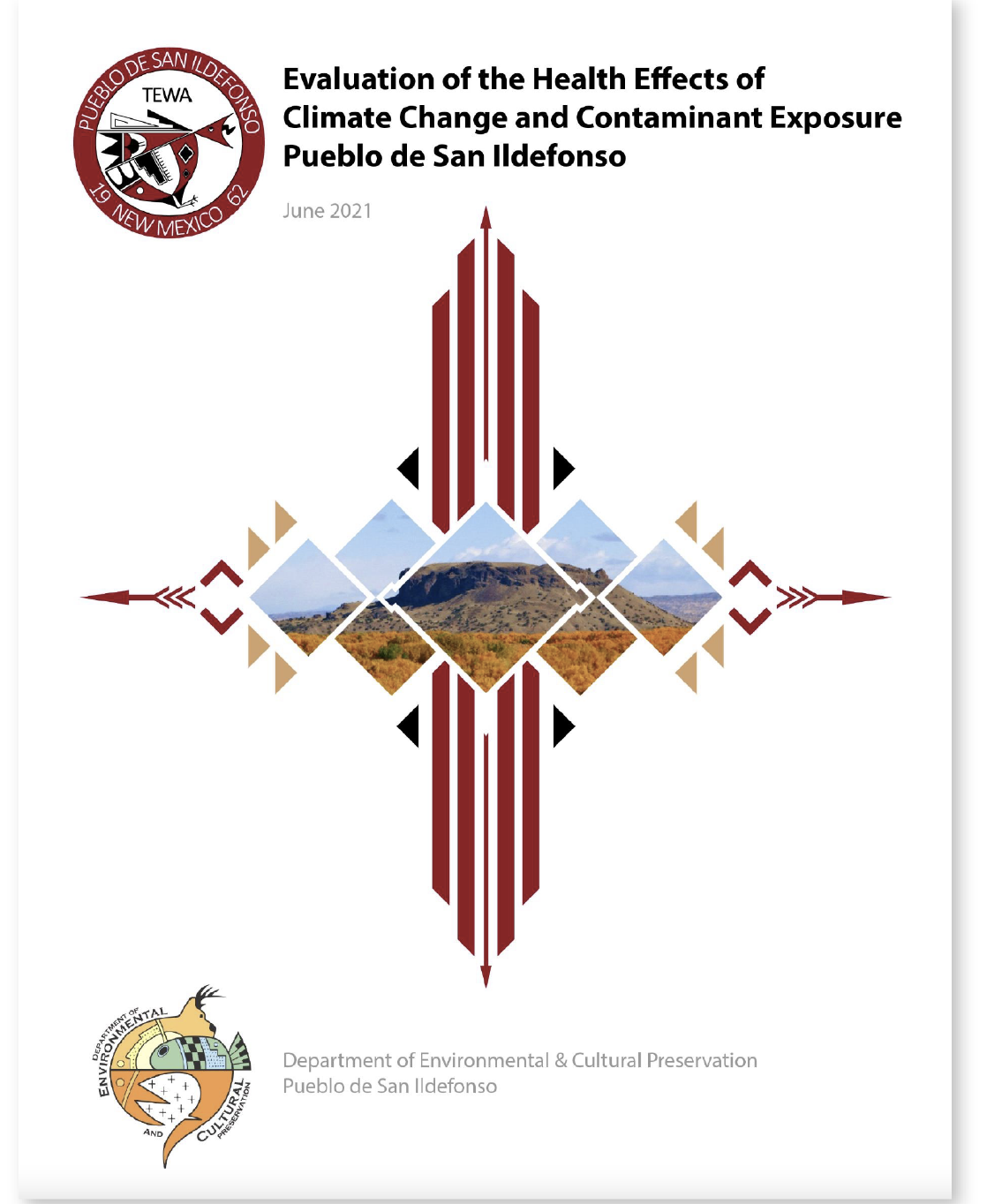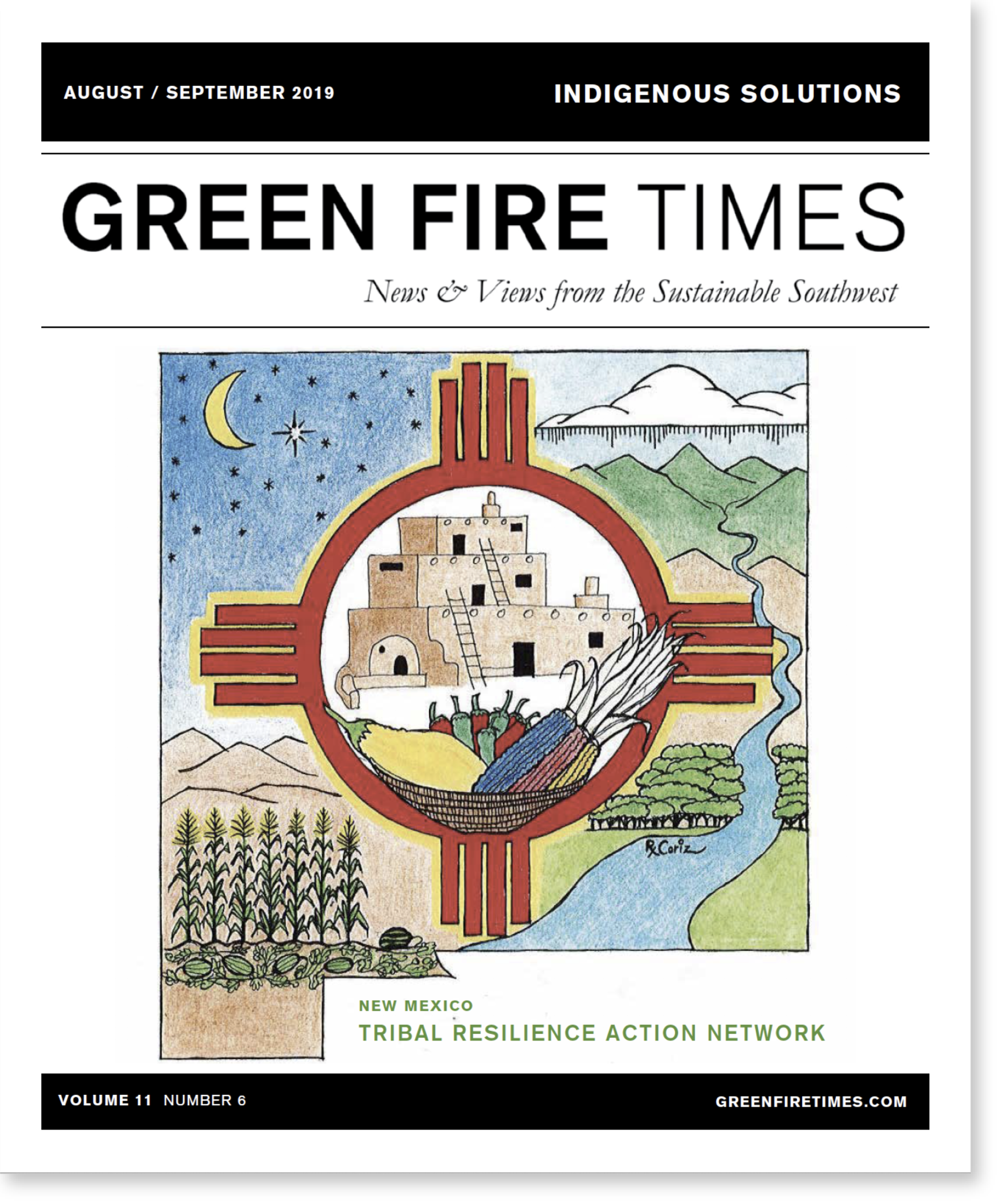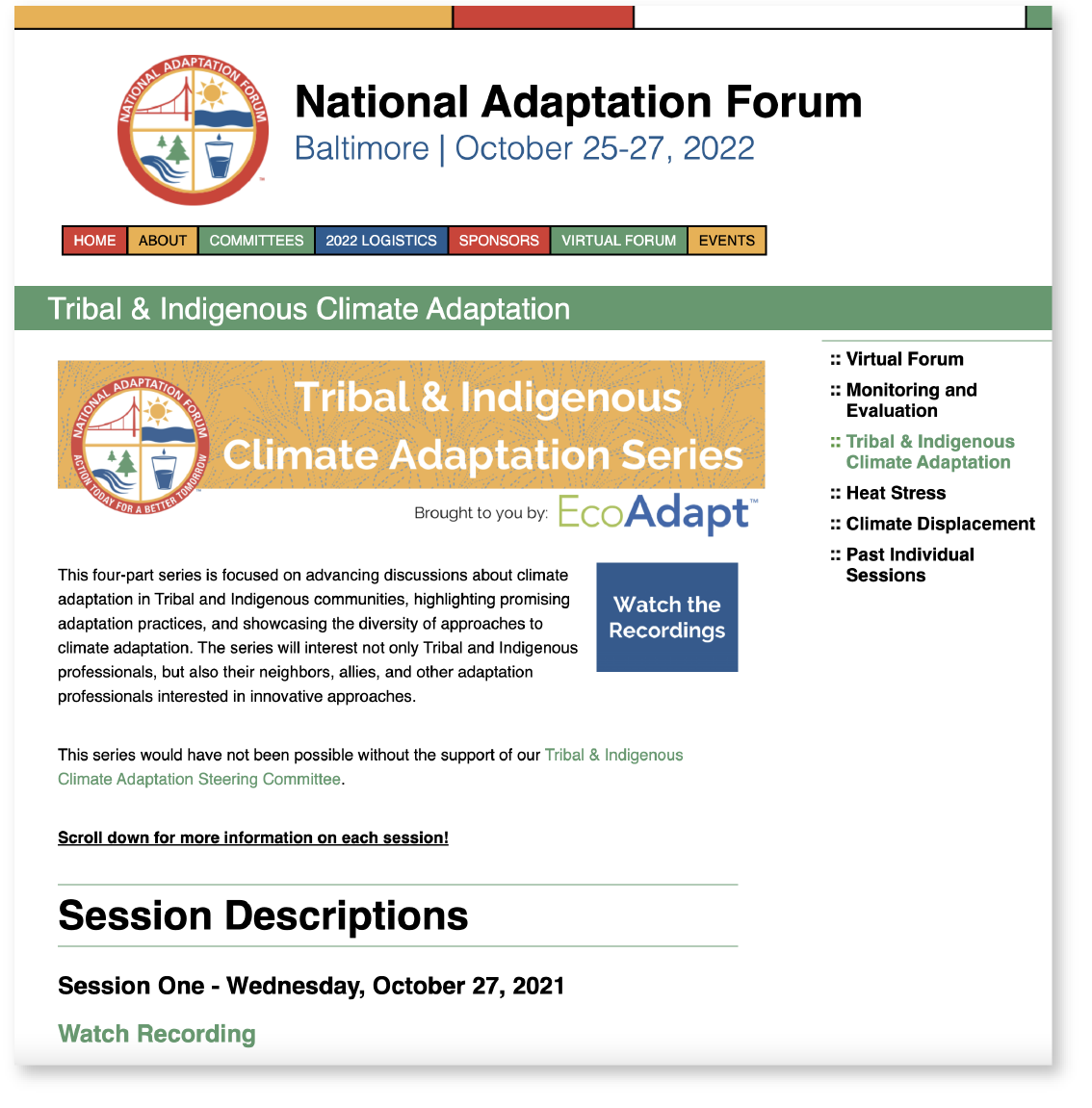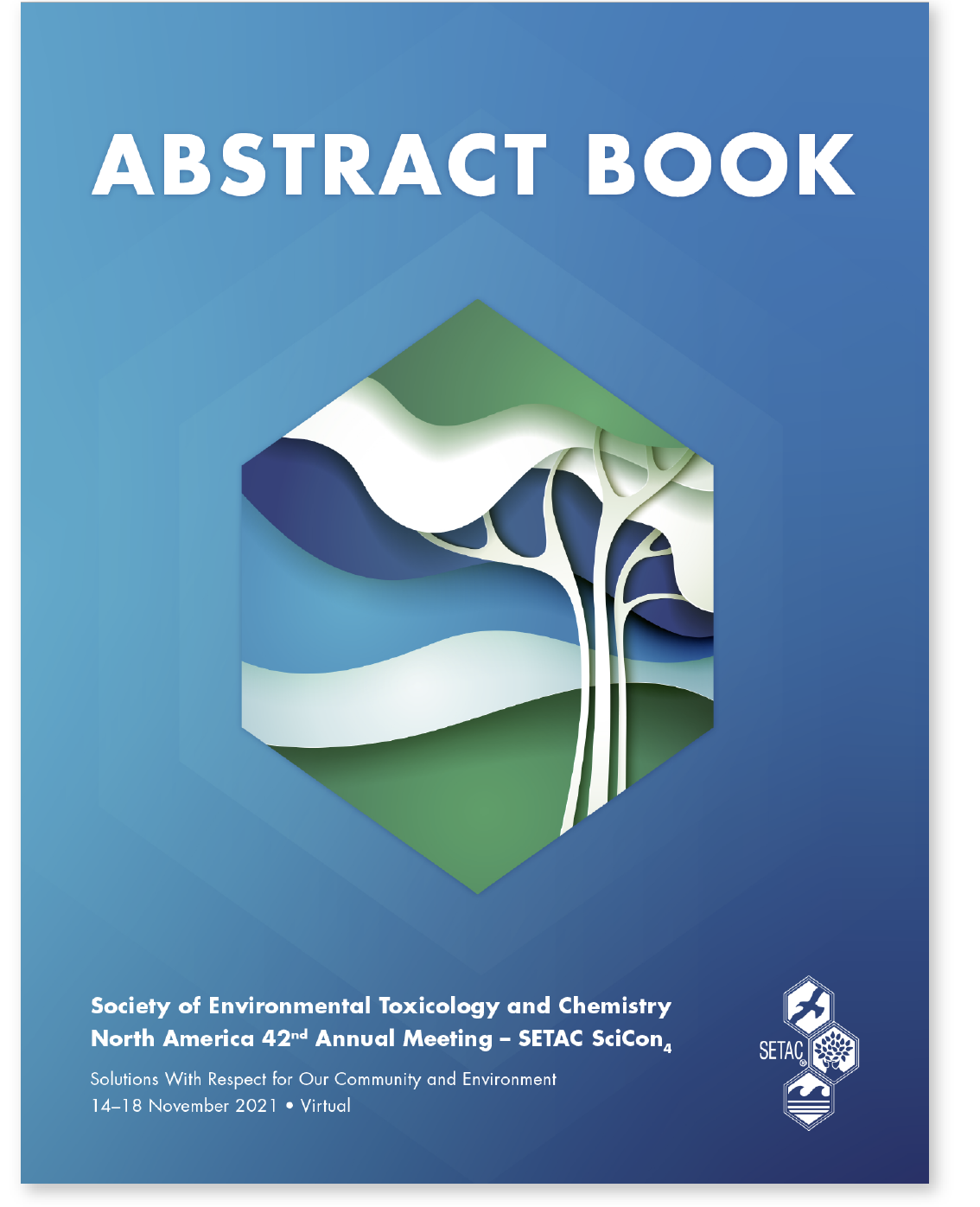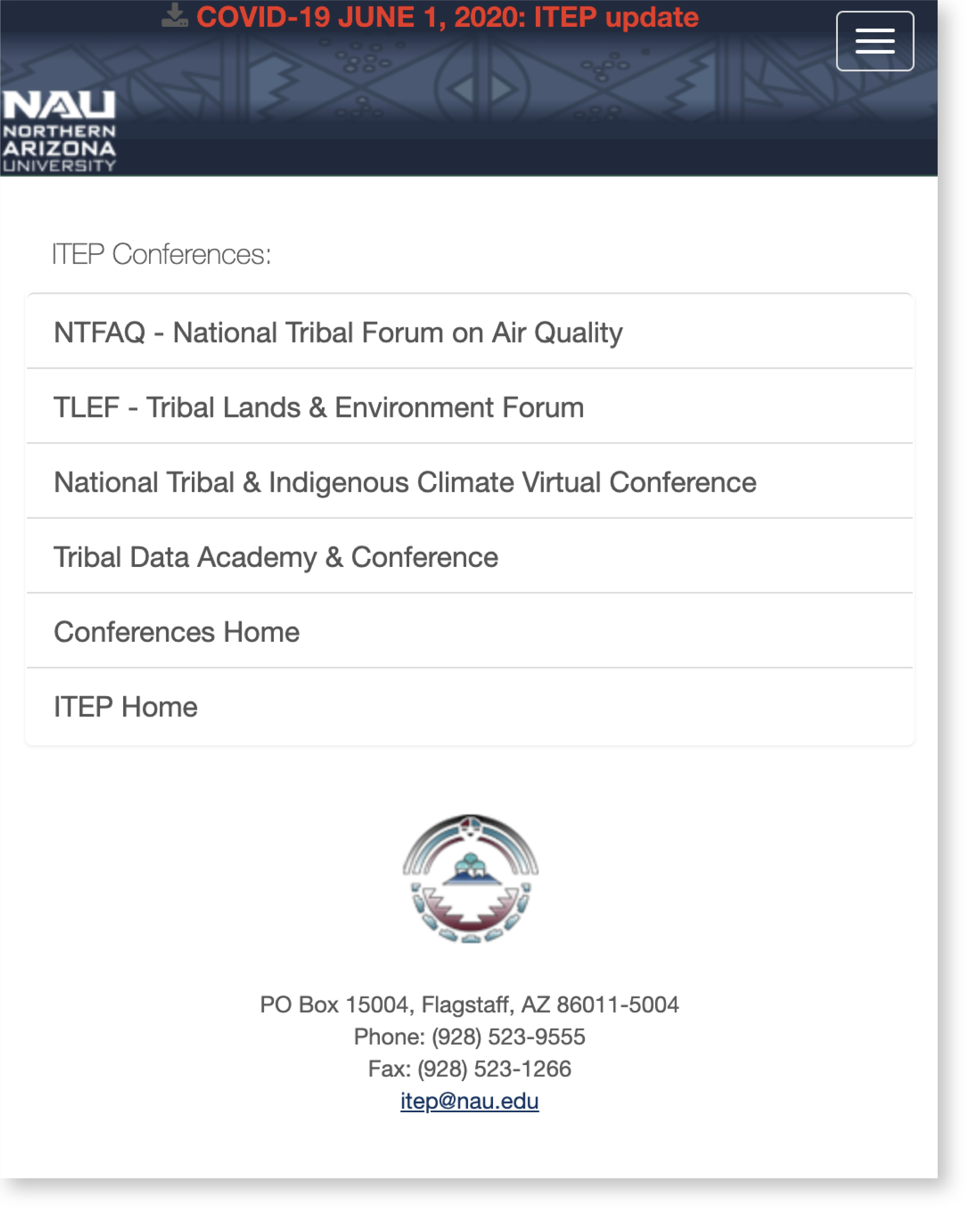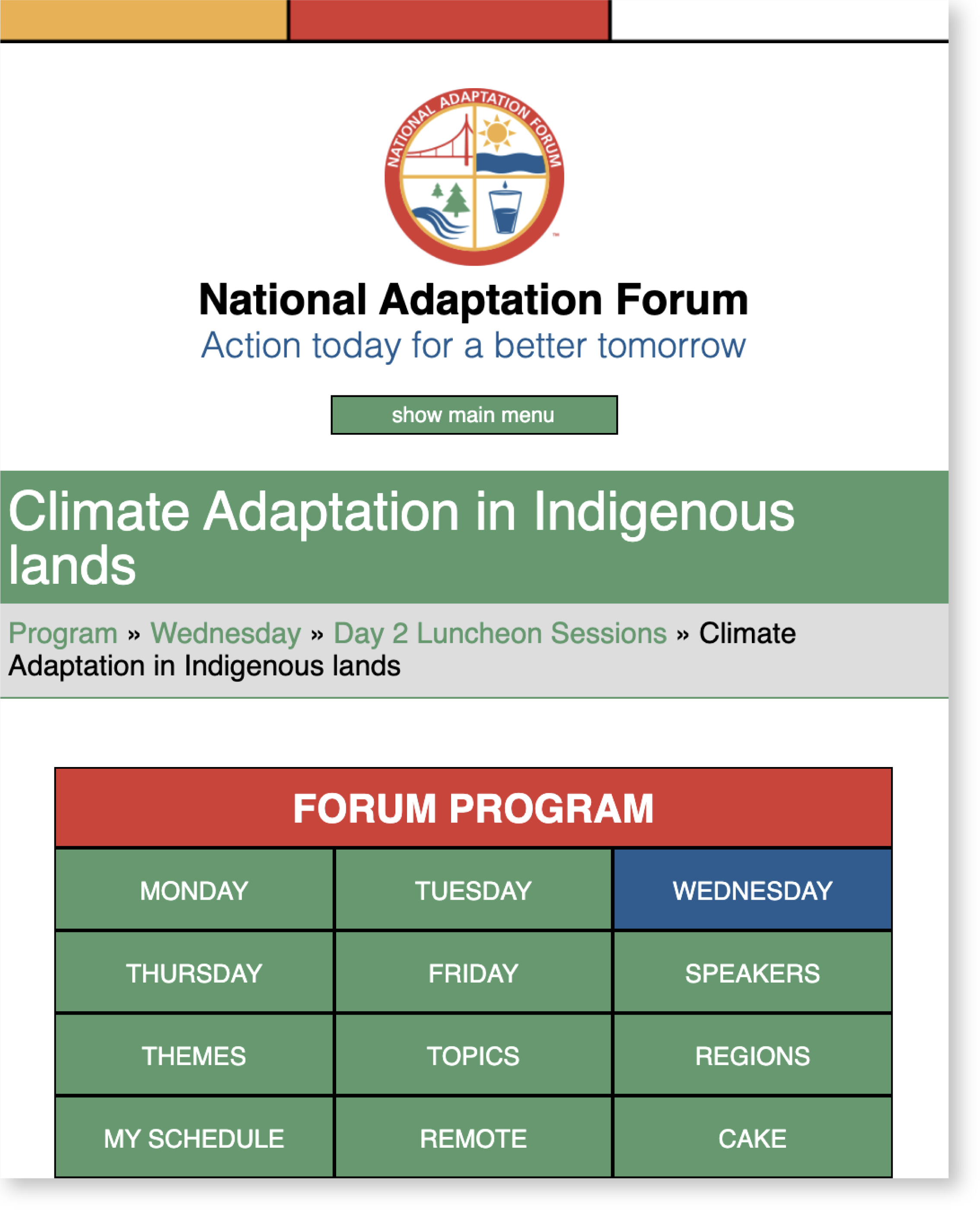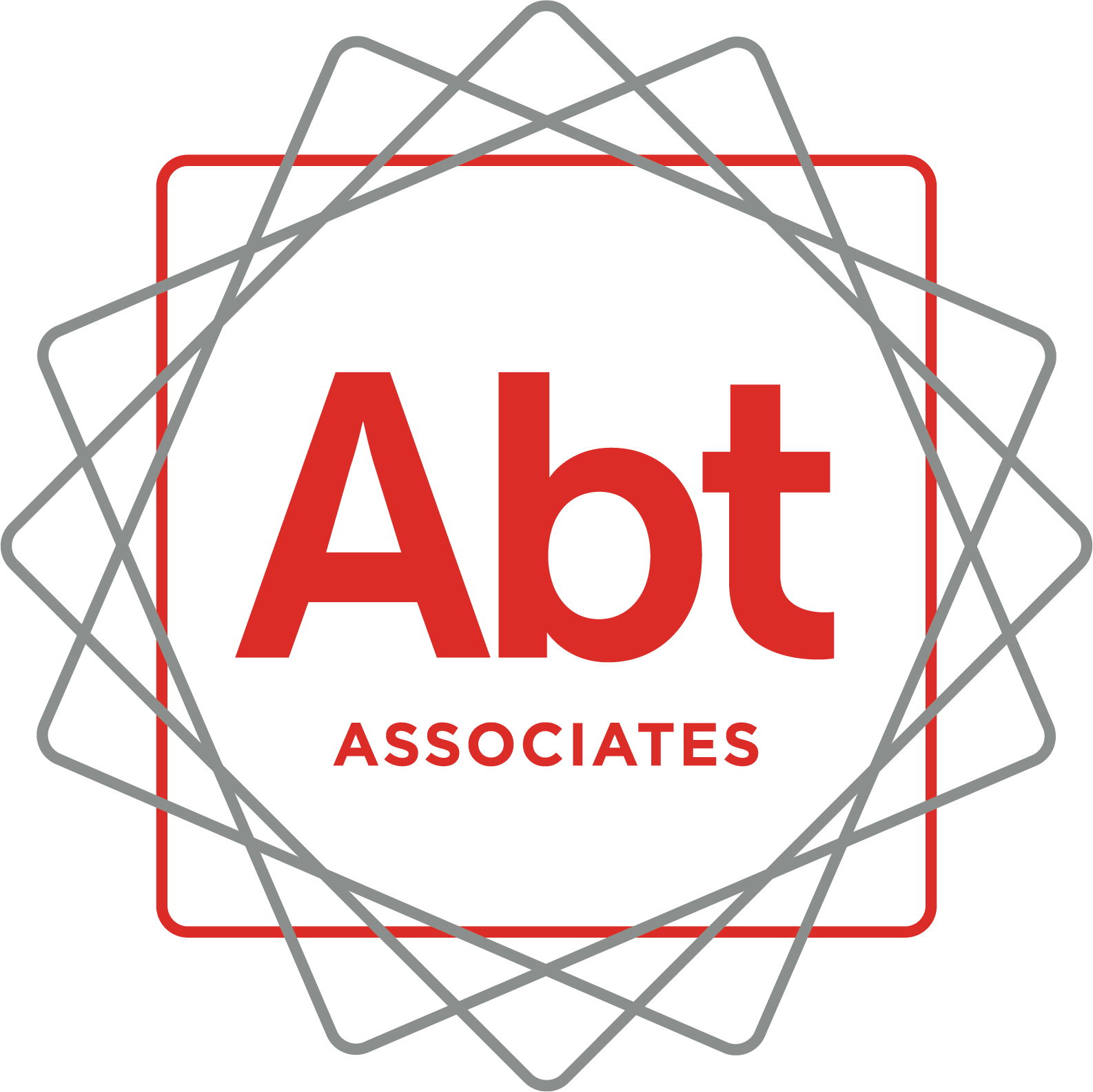CLIMATE ACTION PLAN FOR THE PUEBLO DE SAN ILDEFONSO
Preserve and Protect Our Community
Climate Action Plan for the Pueblo de San Ildefonso
About
Ancestors of the Pueblo people migrated from Mesa Verde and the Chaco Canyon to occupy the mesa and cliffs of the Pajarito Plateau. Drought and other factors caused the people to migrate to present-day San Ildefonso and settled along the banks of the Rio Grande, where water for crop irrigation was plentiful. Historically, the Pueblo’s economy was based on agriculture.

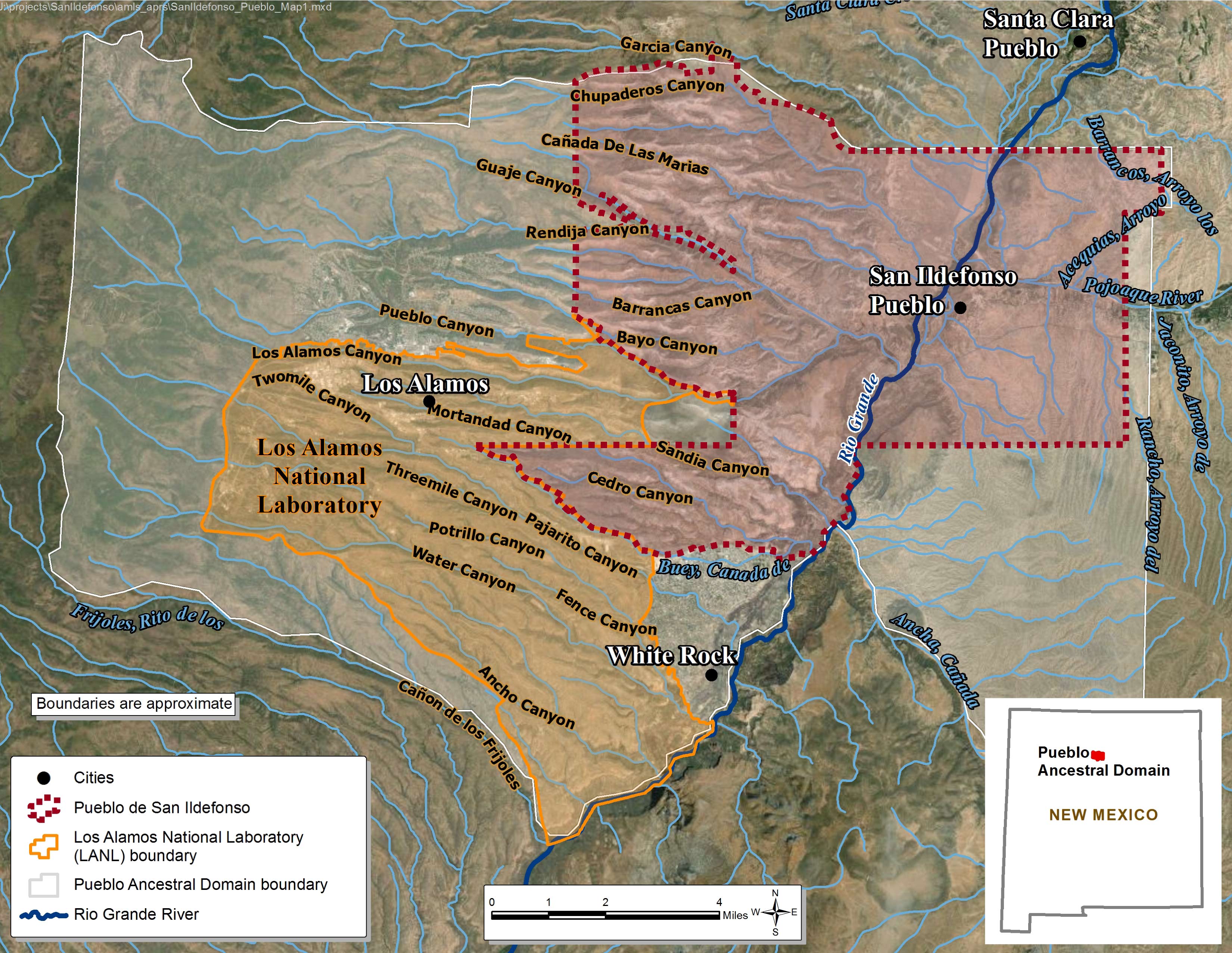


Climate change affects Pueblo life, including traditional uses of water, birds, animals, plants, wood, clay, deer, rabbit, turkey, and elk; as well as the spiritual well-being of our Pueblo. There are also human impacts due to the proximity of the Los Alamos National Laboratory, which left a legacy of contaminants in the local environment; for example, wildfires, rainfall, and flooding increase the risk of exposure to these contaminants on the Pueblo.

Na’ inbe wo’wahaa’tsi din’ pidin’an, Nain’be towa kuu gin, Gin’kon ma’a gin te’e, paa, puu, pindee, daa, p’oe tsideh’e, Tsee’wee’ay, son, pi’in nan. Nang inbin wo’watsi nacha’muu. Los Alamos National Laboratory nako ho’ pin k’eweh bugeh. Wen p’oe de yoe’an Na’ oepaa p’in k’e weh. Na’e pin’paa, kwan, kwan po. Na’e pin’paa(eeyaa) e’haa’ho, p’oe a suwa de’. Ba’ge na’inbe towa de’haybo.


Concern about climate change led the Pueblo to undertake a climate planning process, which aims to ensure the Pueblo’s culture and traditions thrive under future generations. The Pueblo’s climate planning process will continue to evolve and expand with new knowledge, data, and evidence about the impacts of climate change or the community vision, and this story map will continue to be updated with new information and resources.

Hazards
Situated in the Southwest, the Pueblo is already experiencing hotter temperatures and extreme heat, droughts, wildfires, storms and flooding, and changes in snowmelt and streamflow. As climate change projections indicate more severe temperature increases and drier conditions in the future, these climate hazards could have significant impacts on the Pueblo. Click on the icons below to learn more:
Assessing Our Risk
Our climate action planning process involves three key components: community involvement, planning, and implementing with six steps. In our planning process, we have undertaken community involvement and planning, which lays the groundwork for implementation. Click on the six steps below to learn more:
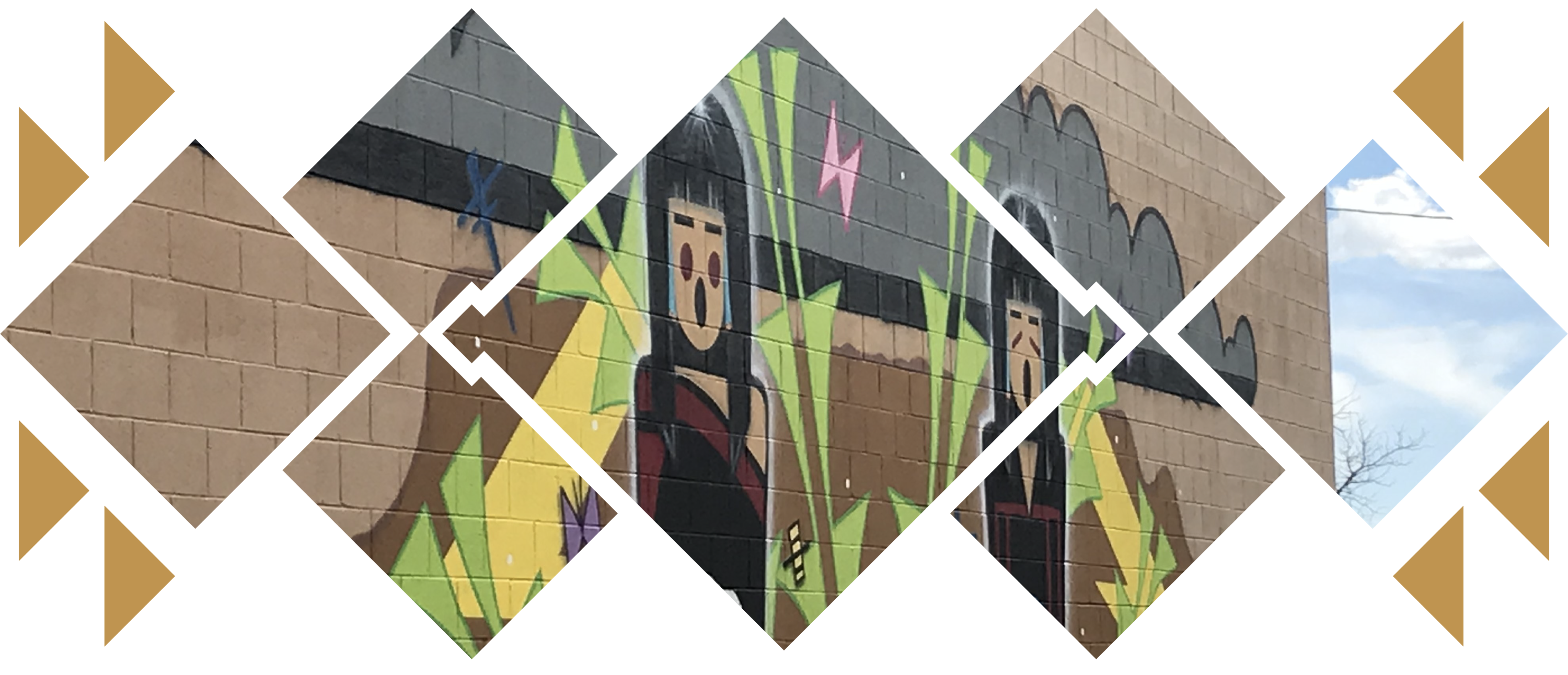

Our Vision
Through a collaborative approach, the community – including elders, youth, resource managers, and the Tribal Council – identified key aspects of Pueblo life that are critical to preserve and protect, and developed a vision for the community. This community vision integrates four aspects of Pueblo life – traditional activities, traditional places, community health, and infrastructure and governance – with the broad cross-cutting themes that overlap with these aspects of community life, which include traditional knowledge, language, income, spiritual health, water (Poe), and food sovereignty (the outer circle).
Preserving this community vision is the goal of the Pueblo’s climate resilience planning process. The community vision provides the basis for identifying and prioritizing climate vulnerabilities and developing climate change adaptation and climate change mitigation actions that could help protect and sustain the most important aspects of Pueblo life.
Vulnerabilities
To ensure that key aspects of Pueblo life are preserved and protected from climate impacts, the Pueblo undertook a systematic climate vulnerability assessment to evaluate underlying conditions that make the community vision vulnerable to climate impacts and climate change Through this assessment, the Pueblo identified the following high-risk climate vulnerabilities.


Take Action
Creating a resilient Pueblo community requires diverse actions to address and adapt to the growing challenge of climate change. These climate actions will be expanded on with additional input from Pueblo departments and the community; and will evolve with new knowledge, data, and evidence about the impacts of climate change on the community vision.
Below are several climate actions identified by the Pueblo for vulnerabilities that they believed posed the greatest threats to the community vision. Click on the key aspects of the community vision below to review the list of actions.
Traditional pottery
-
Restore and protect critical areas from erosion and aridity by revegetating native grasses and plants to help sustain their availability for future use in traditional activities.
-
Teach community members, particularly Tribal youth, about gathering clay and volcanic ash to ensure the transfer of traditional knowledge and sustainable practices.
Ceremony and prayers
-
Restore and enhance habitat on the Pueblo to attract game, birds, and other wildlife; and re-establish populations of native plants in least-vulnerable and most-suitable areas or refugia.
-
Share traditional knowledge about natural resources used in ceremonies and prayers, and teach Pueblo youth to identify resources and strengthen their stewardship of these resources in traditional settings, such as in the kiva or a Tewa language class.
Growing traditional crops
-
Maintain traditional agricultural knowledge by developing a resilient farm plan that can support the transfer of knowledge from elders to youth and for future generations.
-
Establish a seed bank to preserve seeds of culturally significant plants.
-
Improve the community garden to grow culturally important plants to strengthen the Pueblo’s food sovereignty and provide an alternative plant source for ceremonies and prayers.
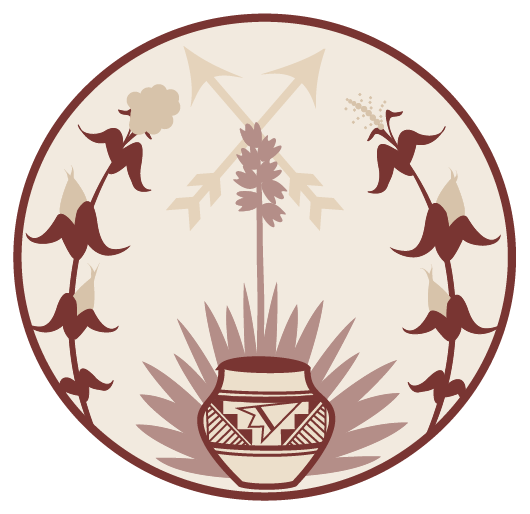
Sacred places (e.g., springs)
-
Develop a plan to improve understanding of groundwater levels around the Pueblo’s sacred springs.
-
Enhance water retention and facilitate groundwater recharge to protect and maintain sacred springs and other water sources.
-
Implement erosion control measures, such as rock steps or terraced wooden erosion barriers, along routes to sacred places.
Culturally important places
-
Work with emergency responders to identify how Pueblo staff can accompany emergency responders on Pueblo lands.
-
Evaluate emergency response systems to identify actions to limit impacts to culturally important places during response efforts.
-
Develop and share a map of areas that are off limits to emergency managers (without disclosing details about sacred or cultural information) and/or that are accessible, where emergency managers can travel on the Pueblo.
Wildfires
-
Work with members of the Pueblo, including youth and elders, and other partners to develop a study plan focused on landscape management practices to best protect the Pueblo against wildfire-related impacts.
-
Develop and implement a fire mitigation program throughout the Pueblo. Build community awareness about strategies to reduce fire risk to homes and community structures, and engage community members in fire-mitigation activities.
-
Implement fire mitigation practices around all culturally important and critical infrastructure.
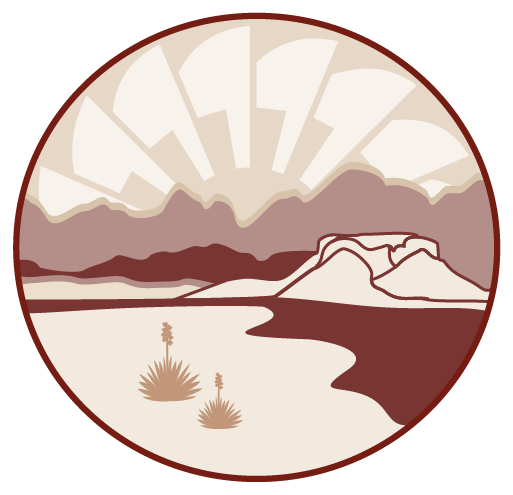
Youth outdoor activities
-
Plant native trees or shrubs and install shade structures to increase canopy cover and create shade over recreational areas, such as the playground, fishing pond, and baseball field.
-
Move outdoor activities, such as youth sports or community gatherings, to designated indoor spaces during periods of poor air quality.
Clean air
-
Limit outdoor and recreational activities during periods of poor air quality.
-
Use or advance an existing alert system to warn the community about poor air-quality days and extreme events.
-
Establish an air-quality monitoring system for the Pueblo.
-
Install climate control and air filtration systems in the Pueblo's gym and other facilities to create a safe space that can protect the community from extreme heat and wildfire smoke, and accommodate year-round indoor sports and activities.
-
Encourage community members to create cool and clean air spaces at home that can reduce exposure to extreme heat and wildfire smoke.
Water supply
-
Evaluate and develop water supply sources.
-
Develop a community awareness and outreach program to promote strategies for water conservation.
Traditional practices stress
-
Seek out family counseling resources and provide materials to families on the Pueblo.
-
Establish other opportunities for the community to connect, including increased access to internet and broadband to increase communication.
Mobilization of contaminants
-
Consider ways to adapt Tribal lifeways to minimize exposure to contaminants and climate hazards, and then conduct outreach to communicate the risks of mobilization to contaminants on the Pueblo and adaptation measures through flyers/bulletin, social media, and community events.
-
Coordinate and consult with LANL on adaptation planning and implementation within the LANL facility, to reduce contaminated runoff to Pueblo lands.
-
Monitor for increased exposure to contaminants on the Pueblo.
Exposure to chemicals and health
-
Reduce other stressors, such as removing household chemicals and improving home ventilation.
-
Install and maintain air filtration systems or air purification systems in their homes to reduce exposure to air pollution.

Place-based culture
-
Build on the farm program to develop a self-supporting and self-sustaining agricultural system that can ensure food sovereignty – the right of Pueblo people to health and culturally appropriate food using sustainable and ecologically sound methods.
-
Establish agreements with other Pueblos and communities to obtain access to natural resources as the ranges of traditional plants and animals shift with changing environmental and climate conditions.
-
Acquire climate refugia areas (e.g., via land purchase) to ensure traditional natural resources in the future.
-
Enhance government-to-government relationships with state and federal agencies to inform resilience planning and collaborate on implementing resilience actions.
Pueblo departments
-
Convene regular meetings with representatives from each Pueblo department to identify specific issues that would benefit from cross-departmental coordination.
-
Implement a coordinated effort to identify and assign department-specific duties.
Firefighting
-
Review and assess systems for communicating and coordinating with firefighters outside of the Pueblo.
-
Establish water supply or temporary water storage structures for fire suppression.
Critical infrastructure
-
Implement fire mitigation practices around all critical infrastructure.
-
Incorporate resiliency measures into future wastewater treatment system upgrades and expansions.
-
Build drought and flood resiliency into irrigation ditch and canal upgrades on the Pueblo.
-
Develop maps of potential utility hazards and key infrastructure.
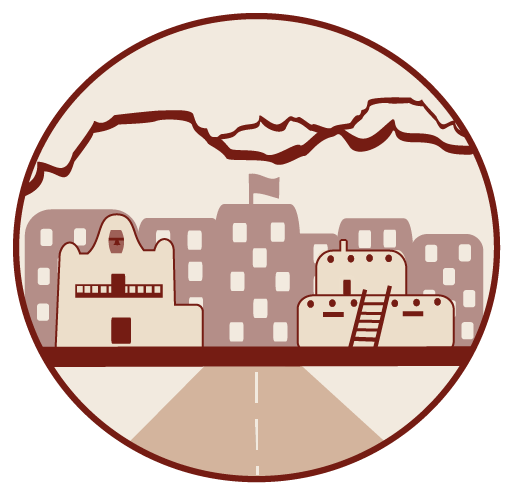
-
Pursue use of renewable energy sources, including evaluating opportunities to implement solar technology on the Pueblo.
-
Explore opportunities for green transportation around the Pueblo.
Resources
Publications
Pueblo de San Ildefonso Climate Action Plan
This climate action plan walks through the climate planning process in greater detail, including developing the community vision, assessing the vulnerability of each aspect of the community vision, and identifying adaptation actions that could reduce the Pueblo’s vulnerability to climate change.
Green Fire Times Article about Planning and Implementing Climate Resilience
In 2021, the Green Fire Times published an article about the Pueblo de San Ildefonso implementing its Climate Action Plan.
Evaluation of the Health Effects of Climate Change and Contaminant Exposure Pueblo de San Ildefonso 2021
In this paper we present a health impact assessment to understand the vulnerability of Pueblo community members to direct, indirect, and combined effects of climate change.
Green Fire Times Article about the Pueblo de San Ildefonso’s Community Vision
In September 2019, the Green Fire Times published an article about the Pueblo de San Ildefonso community vision.
Presentations
Tribal and Indigenous Climate Adaptation Series
2021. Series Session on community engagement, the integration of Indigenous and Pueblo cultures into adaptation planning, and transportation resilience and how it relates to access to health and emergency services. November 17, 2021.
Society of Environmental Toxicology and Chemistry 2021 Meeting
2021. Special Session: Environmental Justice: Methodologies to Incorporate Environmental Justice into Human Health Risk Assessment. Evaluating the Vulnerability of the Pueblo De San Ildefonso to the Combined Effects of Extreme Events and Contaminant Exposure. November 16, 2021.
Institute for Tribal Environmental Professional Tribal Lands and Environment Forum 2021
2021. Assessing Contaminant-Related Health Risks for Tribal Communities: Developing Exposure Scenarios, Exposure Pathways, and Exposure Factors for Tribal Risk Assessments. August 18, 2021.
Incorporating Climate Change Adaptation into Restoration Planning: Anticipating the Impact of Sea Level Rise, Drought-Wildfire Cycles, Vegetation Shifts, and Extreme Storm Events
2019. The Fifth Annual Comprehensive Seminar on Tribal Natural Resource Damage Assessments: Current Best Strategies and Tactics for Conducting Tribal NRD Assessments. Law Seminars International. December 16, 2019. Seattle, WA.
Incorporating Climate Change Impacts and Adaptation Considerations and Natural Resource Damage Assessment and Restoration at Superfund Sites
2019. The 2019 Tribal Lands & Environment Forum: A National Conversation on Tribal Land and Water Resources. Institute for Tribal Environmental Professionals. August 19, 2019. Palm Springs, CA.
Pueblo de San Ildefonso Climate Change Adaptation Planning, with a Focus on LANL Legacy Contamination
2019. Climate Adaptation in Indigenous Lands. National Adaptation Forum. May 24, 2019. Madison, WI.
1
Vose, R.S., D.R. Easterling, K.E. Kunkel, A.N. LeGrande, and M.F. Wehner. 2017. Temperature changes in the United States. In Climate Science Special Report: Fourth, Volume I, D.J. Wuebbles, D.W. Fahey, K.A. Hibbard, D.J. Dokken, B.C. Stewart, and T.K. Maycock (eds.). U.S. Global Change Research Program, Washington, DC. pp. 185–206. doi: 10.7930/J0N29V45.
2
Peterson, T.C., R.R. Heim Jr., R. Hirsch, D.P. Kaiser, H. Brooks, N.S. Diffenbaugh, R.M. Dole, J.P. Giovannettone, K. Guirguis, T.R. Karl, R.W. Katz, K. Kunkel, D. Lettenmaier, G.J. McCabe, C.J. Paciorek, K.R. Ryberg, S. Schubert, V.B.S. Silva, B.C. Stewart, A.V. Vecchia, G. Villarini, R.S. Vose, J. Walsh, M. Wehner, D. Wolock, K. Wolter, C.A. Woodhouse, and D. Wuebbles. 2013. Monitoring and understanding changes in heat waves, cold waves, floods and droughts in the United States: State of knowledge. Bulletin of American Meteorological Society June: 821–834.
3
Wobus, C., E. Small, H. Hosterman, D. Mills, J. Stein, M. Rissing, R. Jones, M. Duckworth, R. Hall, M. Kolian, J. Creason, and J. Martinich. 2017. Projected climate change impacts on skiing and snowmobiling: A case study of the United States. Global Environmental Change 45:1–14. Available: https://doi.org/10.1016/j.gloenvcha.2017.04.006 Accessed October 9, 2019.
4
Gershunov, A., B. Rajagopalan, J. Overpeck, K. Guirguis, D. Cayan, M. Hughes, M. Dettinger, C. Castro, R.E. Schwartz, M. Anderson, A.J. Ray, J. Barsugli, T. Cavazos, and M. Alexander. 2013. Future climate: Projected extremes. In Assessment of Climate Change in the Southwest United States: A Report Prepared for the National Climate Assessment, G. Garfin, A. Jardine, R. Merideth, M. Black, and S. LeRoy (eds.). Southwest Climate Alliance. Island Press, Washington, DC. pp. 126–147.
5
Gonzalez, P., G.M. Garfin, D.D. Breshears, K.M. Brooks, H.E. Brown, E.H. Elias, A. Gunasekara, N. Huntly, J.K. Maldonado, N.J. Mantua, H.G. Margolis, S. McAfee, B.R. Middleton, and B.H. Udall. 2018. Southwest. In Impacts, Risks, and Adaptation in the United States: Fourth National Climate Assessment, Volume II [D.R. Reidmiller, C.W. Avery, D.R. Easterling, K.E. Kunkel, K.L.M. Lewis, T.K. Maycock, and B.C. Stewart (eds.)]. U.S. Global Change Research Program, Washington, DC. pp. 1101–1184. doi: 10.7930/NCA4.2018.CH25.
6
Hoerling, M.P., M. Dettinger, K. Wolter, J. Lukas, J. Eischeid, R. Nemani, B. Liebmann, and K.E. Kunkel. 2013. Present weather and climate: Evolving conditions. Chapter 5 in Assessment of Climate Change in the Southwest United States, G. Garfin, A. Jardine, R. Merideth, M. Black, and S. LeRoy (eds.). A report prepared for the National Climate Assessment. Island Press, Washington, DC. pp. 74–97.
7
UCS. 2016. Confronting Climate Change in New Mexico. Union of Concerned Scientists. April 2016. Available at www.ucsusa.org/NewMexicoClimateChange. Accessed September 21, 2020.
8
Stavros, E.N., J.T. Abatzoglou, D. McKenzie, and N.K. Larkin. 2014. Regional projections of the likelihood of very large wildland fires under a changing climate in the contiguous western United States. Climatic Change 126:455–468. doi: 10.1007/s10584-014-1229-6.
9
Chief, K., T.P.A. Ferré, and B. Nijssen. 2008. Examination of correlation between air permeability and saturated hydraulic conductivity in unburned and burned desert soils. Soil Science Society of America Journal 72:1–9.
10
Garfin, G., G. Franco, H. Blanco, A. Comrie, P. Gonzalez, T. Piechota, R. Smyth, and R. Waskom. 2014. Southwest. Chapter 29 in Climate Change Impacts in the United States: The Third, J.M. Melillo, T.C. Richmond, and G.W. Yohe (eds.). U.S. Global Change Research Program, Washington, DC. pp. 462–486.

